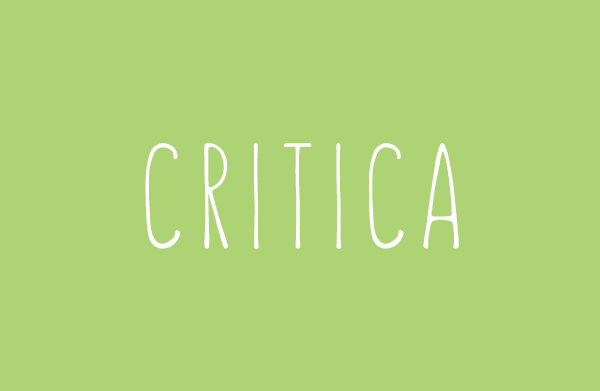One of the functions of art is to stop time, create a hiatus outside time to view and contemplate. Life is always on the move like time. One moment changes and modifies the previous. We depend on impressions memories to build our view of the world, nature, people we meet, events. Art stills those experiences not just momentarily but endlessly, as long as the artwork survives. That is the true power of art.
Of all nature’s creations, wild life is the most elusive. Wild life photographers may spend years trying to capture an image. As man’s world intrudes further and further into nature, animals become more wary more threatened. We feel privileged to catch a glimpse of a fox, the paw prints of a snow leopard, a peacock in the distance.
Maurizio Boscheri has presented us a rare treat to see the wild life of Pakistan in all its glorious detail. A homage to the exquisite beauty of nature. Working with photographs provided by WWF Pakistan, Boscheri has lovingly enhanced their beauty, removed the fugitive traces of dust and light, and contextualized them in the world of inspired patterns, as if to bring the magnificence of nature into man’s world. It has a special resonance in Pakistan with its tradition of miniature painting, embroidery, love of pattern and rich vibrant colours.
Art found Boscheri, a self-taught artist from a small town nestled between majestic mountains in the north of Italy, in 1997 at the age of 42. In an interview with Tiziana Giammetta ( 2014), he says an “internal change occurred after two trips, Madagascar in 1995 and Australia in 1996; painting appeared suddenly”
A passionate traveler, he always took photographs of nature and his work still reflects the lens of the camera in its careful composition and the captured moment. Working on several paintings at a time, he crafts his images patiently till they acquire their own autonomy.
Dwelling on that delicate relationship of man and nature – nature, as inspiration, reflected in the subtle backdrops of embroidered and patterned fabrics, he reminds us of our elegant sensitive side. By its absence in these works, we are conscious of the realities of urban expansion, and industrialization, consumerism that is eating into the pristine spaces of nature. He reminds us that it is not just land that is occupied by this expansion and unthinkingness, but a habitat, where tiger and butterfly co-exist. Boscheri, as representative of all humanity, is perhaps that butterfly hovering in each canvas, a gentle, non-threatening presence that suggests we can co-exist with nature.
For him these works are “the expression of an entire civilization”. “I consider my work a kind of catalogue of the forms of life for posterity, a tribute to the beauty and perfection of life forms, plants including flowers and insects.”
Boscheri says “I am only the “trait d’union” between their world and ours”, a connecting link or bridge as all art perhaps is.
His work is both overt and subtle. While the subject matter is clearly presented, there are symbolic messages placed all over his canvases, which he says “will only be revealed to an attentive interpreter.” For those who represent the “indifference of mankind, the main promoter of this ecocide”, they will encounter the paintings “in silence, without a sound”.
As an artist, Boscheri says he feels a kinship with Van Gogh, Gustav Klimt, Hundertwasser and the young American fantasy artist, Brad Kunkle with whom he shares an exotic palette or decorative surfaces. At an aspirational level he would like to be a modern day James Gould, the 19 C British ornithologist and bird artist, who worked with Darwin.
One is also reminded of Henri Rousseau , another self-taught artist who was fascinated by the ‘jungle’ without, however, having the opportunity to travel that Boscheri has had, and who explored the ‘jungle’ within the subconscious rather than the physical reality of nature. But both speak of entering a dream like space.
In this exhibition, Boscheri focuses on the endangered species of Pakistan – the Snow Leopard, the Caracals, the Lynx, Grey Wolves, Ibex, Markhor, of the mountains and the Tragopan, Cobra, Houbara Bustard, Peacock and Chukar of the plains and deserts. Tigers, not indigenous to Pakistan are added as the most recognizable symbol of endangerment. Absent, however, are the Brown Bear and the Blind Indus Dolphin, both also endangered species. Nevertheless the intention of such an exhibition is not to make a compendium but rather to introduce the viewer to the world of nature that is not in some distant land but in the mountains and valleys of Pakistan.
The Italian Consulate in Karachi in collaboration with WWF Pakistan invited Mauricio Boscheri, to present a beautifully effective appeal to Pakistanis, especially urban Pakistanis, to get to know and hopefully be inspired to protect these beautiful animals.
Durriya Kazi
Karachi, 2016
Bio:
Durriya Kazi, Head Department of Visual StudiesUniversity of Karachi.

